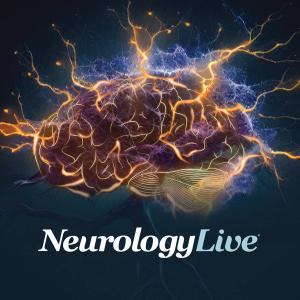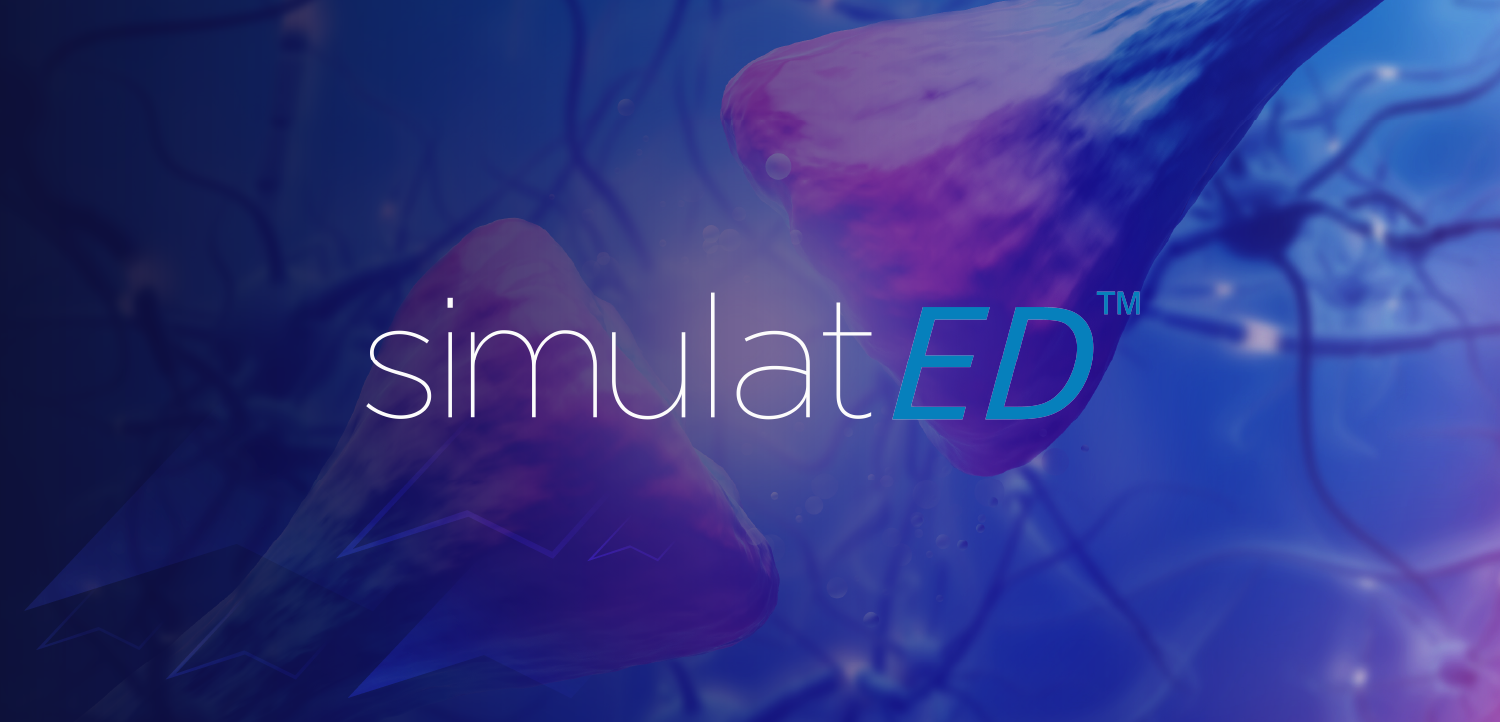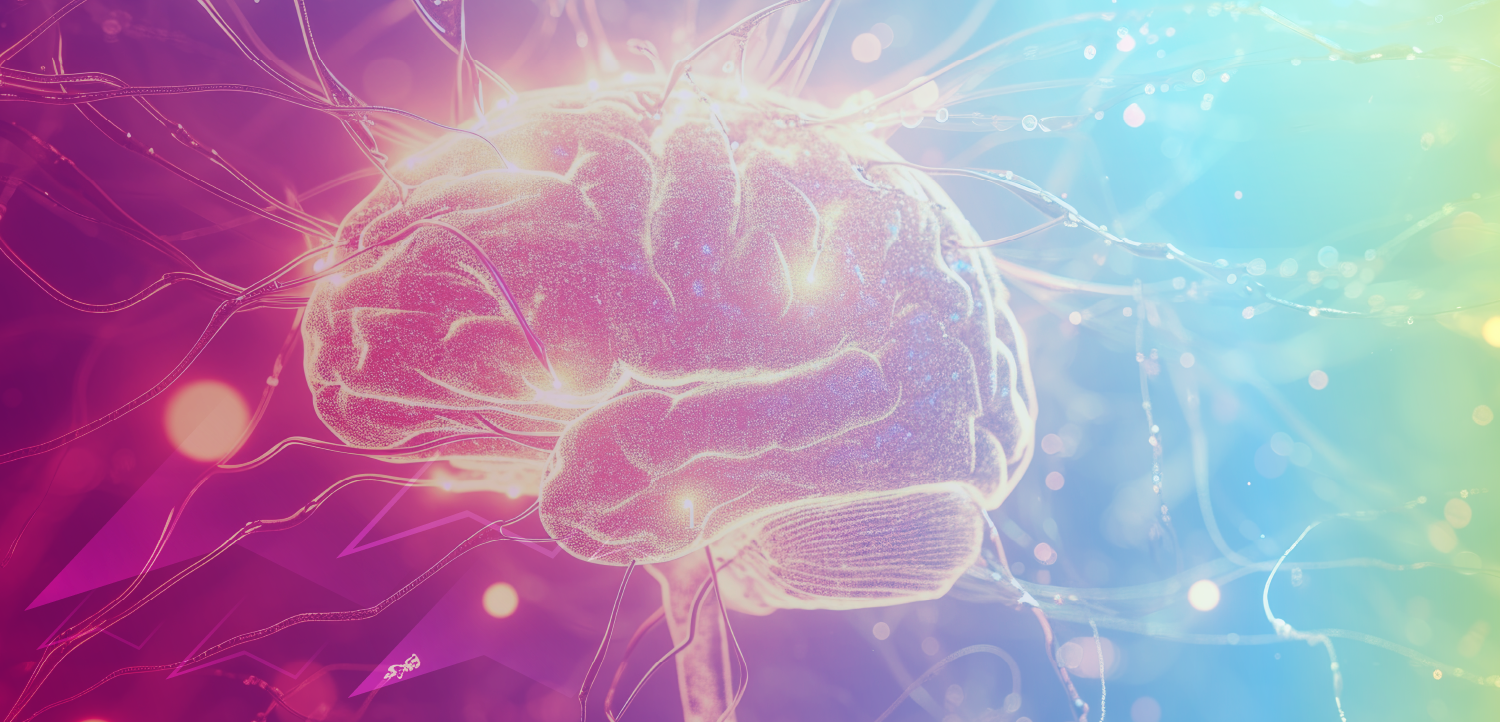Expert Perspectives on the Advances in the Management of Acute Migraine
A pair of migraine experts explores several topics in the acute treatment of migraine, including recent therapeutic innovations.
Migraine care has benefited in recent years from the introduction of novel therapeutics aimed at preventing attacks by targeting calcitonin gene-related peptide (CGRP) and the corresponding receptors. Acute management, too, has benefited from these developments.
In a recent NeurologyLive® Insights discussion, Wade M. Cooper, DO, associate professor of neurology, Michigan Medicine, and Amaal J. Starling, MD, assistant professor of neurology, Mayo Clinic Scottsdale, offered their perspectives on how this has impacted the care of their patients, such as how the shift in expectations outcomes has impacted treatment selection, and shared some of their best practices in migraine treatment. Additionally, they spoke to the intricacies of measuring pain relief and monitoring the onset of action of therapy, and the vital nature of doctor–patient communication when optimizing the efficacy of treatment.
Pain Relief and Treatment Onset Inquiry
According to Cooper, the best question the treating physician can ask is about the control of a patient’s migraine. He noted that the responses of treated patients may vary, but they often will note that their headache is reduced or that they’re feeling better, but that they haven’t quite achieved their desired outcome.
“One of the things I like to ask, if I’m assessing someone for their headache [therapy] effectiveness, is, ‘How many times in the last month have you been disabled or incapacitated from an acute migraine?’” Cooper said. “Meaning, how many times did they have to stop their plans [relating to] work, family, or social events? Incapacity—taking people out of their daily lives—is a huge issue for people with migraine.”
Probing about the onset of action for a given medication can be tricky, Cooper added. The inquiry itself relies on the assumption that patients are taking medicines at the onset of symptoms. With triptans, for example, the literature is most supportive of efficacy when they’re administered as close as possible to the beginning of an acute headache, Cooper noted. The same appears to be true for the newer medications, as well. A further complicating factor, Cooper explained, is that patients’ response times vary—from as short as 10 to 15 minutes to as long as 4 to 6 hours, or even a full day.
“We know that triptans and some of the gepant-class medicines work on the lining of the brain, where the meningeal pain through the trigeminal fibers is sent deep into the brain itself,” Cooper said. “If you wait too long, and that signal from the lining of the brain becomes amplified and it gets reactivated back into the brain stem itself, you’ve lost your opportunity for medications that work in the periphery to have [efficacy].”
Importantly, many patients need to ration their acute treatments because usage should be limited to 2 to 3 days per week. A patient with 15 headache days per month may hold off on administering medication, to save it for the days and times when they most cannot afford to be incapacitated. In some circumstances, Cooper explained, patients tend to wait because of the prodrome period. This can cause some confusion and awareness impairment for patients, which can delay the time they take to recognize that they are headed for an attack.
Delays in treatment can also be due to fear of adverse effects or to a perceived lack of efficacy. The consequences of such delays are, mainly, more severity and longer duration of migraine, as well as incomplete response to therapy.
The Importance of Patient Communication
“Our patients with migraine [often] come to us with a history of stigma: a history of family members, the lay public, [people at] their workplace, and even their medical and health care providers not listening to them and not communicating with them. That’s why it’s so important that once they come to us, as their neurologists and their headache treatment providers, that we emphasize how dedicated we are to communicating with them,” Starling explained.
Communication is essentially the key to the entire patient-doctor relationship, Starling emphasized, beginning with the first appointment and extending through follow-up and every subsequent visit.
Part of establishing a strong relationship includes properly describing the treatment plan with the patient. This includes giving them a plan for when medication does not achieve the required efficacy; being sure they know when to contact the physician or to potentially head to the emergency department; and outlining what to expect in all of these situations.
“You want to make sure that the patient has a plan [for different scenarios,] because those events can be really scary, and often they’re not in a position where they can appropriately advocate for themselves,” Starling said. They should also have a follow-up plan, detailing when to update their doctor and how soon they should anticipate another visit to the office. Additionally, providing the patient with the information the physician will require for the visit can help with the efficiency and accuracy of both the visit and communication.
Starling said that going over all these specific factors helps optimize the treatment plan, and also reinforces the importance of monitoring pain relief and therapeutic effect onset. She also noted that when the patient keeps a reliable headache diary, it not only helps patient-doctor communication but provides valuable information about attack patterns, such as clustered attacks or unbroken attacks, which require distinct therapy approaches.
“A reason that many patients find keeping a headache diary to be frustrating is that their doctor doesn’t ask to look at it,” Starling said. “If you ask for it and [actually] look at it, they’re more motivated to keep it.” And it’s not necessarily difficult to keep a diary, she added: “They can keep it on their phone, using any type of app. A lot of my patients like using the app Migraine Buddy. Or, they can use an old-school [paper] calendar that you can just flip through. I usually have patients tick the days when they’re taking a medication, or the days when they’re debilitated by a migraine attack and they took medication.”
Solid communication between doctor and patient can also lead to patients using as-needed acute therapies for migraine in the early stages of an attack—something both Starling and Cooper advocate.
Recent Approvals for Acute Migraine
Along with these strategies are the therapeutic advances for migraine and headache disorders that have emerged since 2018, providing migraine specialists with novel tools and marking a new era in treatment. The agents mainly target CGRP, but new targets to explore have been identified as well.
“We know that in this country, about 1 in 1000 people have multiple sclerosis (MS). We also know that [the same number]— about 1 in 1000 people in the United States—are on a CGRP monoclonal antibody for prevention of headache. The same number of people with MS in the entire country are on the preventive CGRP monoclonal antibodies.” Cooper exclaimed. “It’s [very] rapid adoption.”
In addition to the therapies that focus on the CGRP inflammatory cascade or inflammation, lasmiditan (Reyvow), a therapy targeted to the 5-HT1F receptor, has been introduced. Lasmiditan’s benefits not only include the lack of blood vessel constriction, but having some targets located centrally in the nervous system, said Cooper.
Further, clinical trials, and often the primary end points required by the FDA, are experiencing a shift toward acute treatment. This includes explorations of some of patients’ most vexing symptoms, including photophobia, phonophobia, and nausea.
“I really appreciate that [these are now] end points in clinical trials because migraine is not just a headache. Migraine is not synonymous with ‘head pain.’ There are so many other disabling symptoms in migraine,” Starling said. Consequently, these end points have translated into real-world patient experience, she explained, in part because it is now expected that medications will address these issues.
“I think this is a good shift in the field of headache medicine, in the research world, the clinical world, and the patient advocacy world, that we should all be expecting more from our medications,” Starling said. And, “patients should be expecting more from not only their medications,” she concluded, “but from their headache treatment providers.”
View the full series here:
Articles in this issue
over 4 years ago
Article
Parkinson Disease Treatment Tavapadon Aims to Benefit From Unique Multitrial Designsover 4 years ago
Article
Sparing the Hippocampus in Epilepsy Surgery: Critical Decisions for Outcome OptimizationNewsletter
Keep your finger on the pulse of neurology—subscribe to NeurologyLive for expert interviews, new data, and breakthrough treatment updates.
Related Articles
 Pathophysiology of Myasthenia Gravis
Pathophysiology of Myasthenia GravisSeptember 18th 2025












































